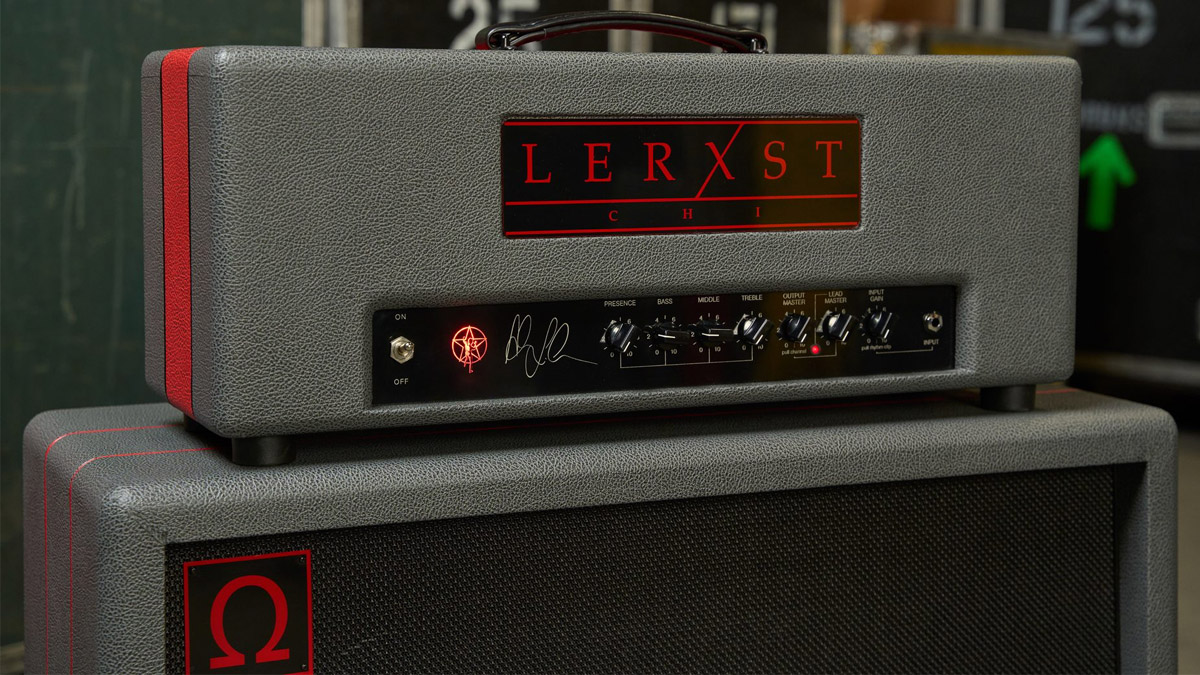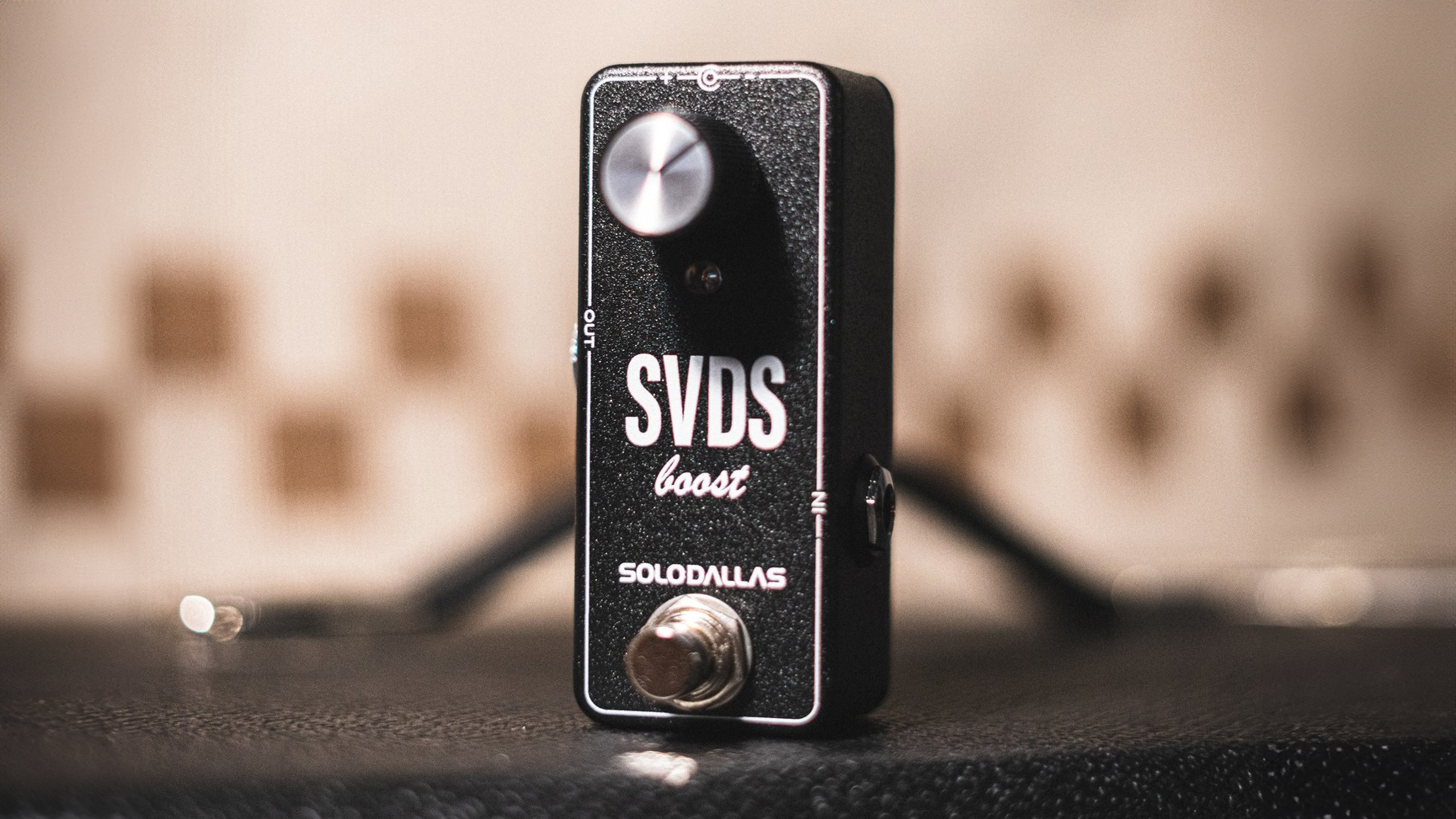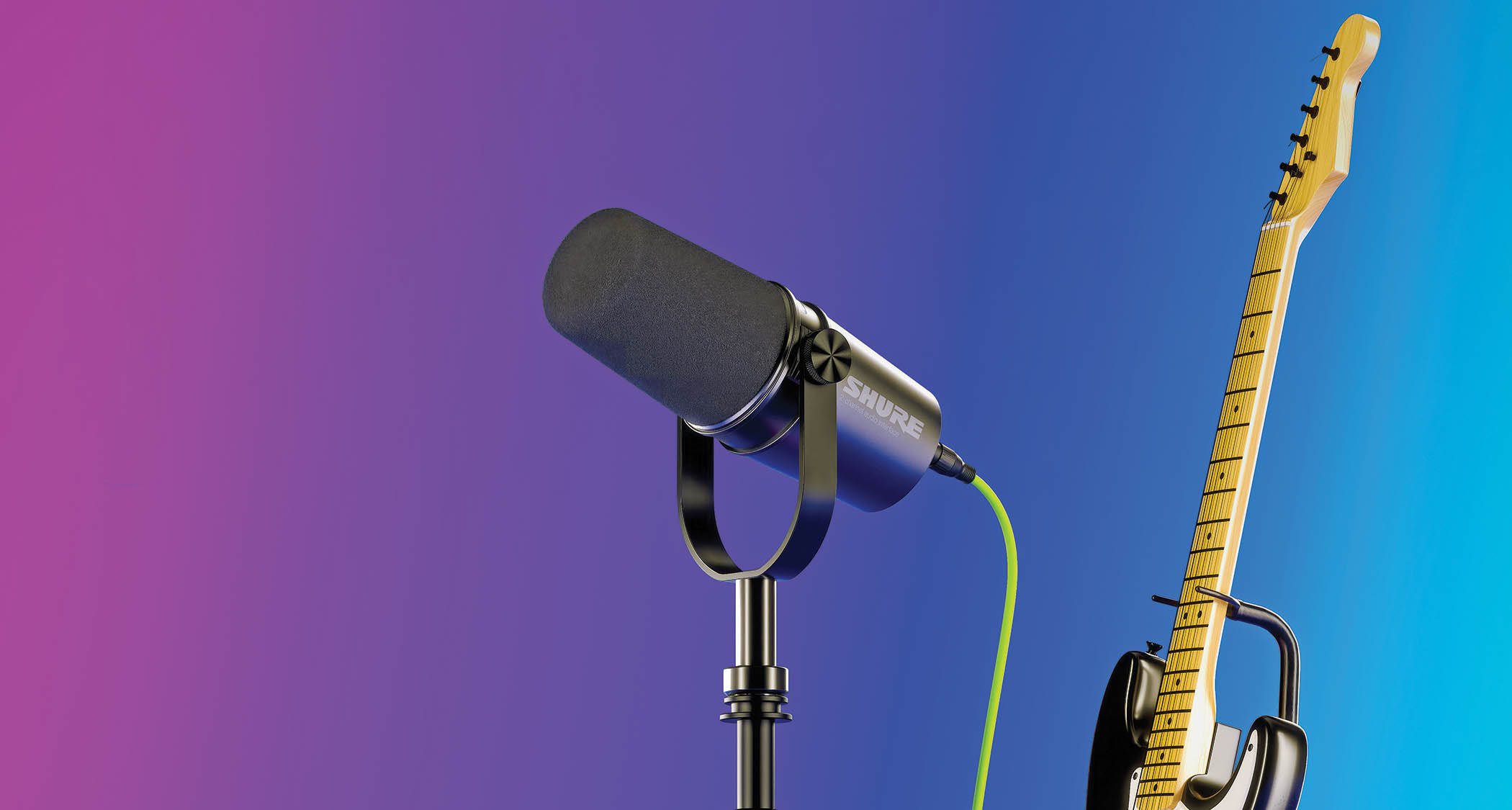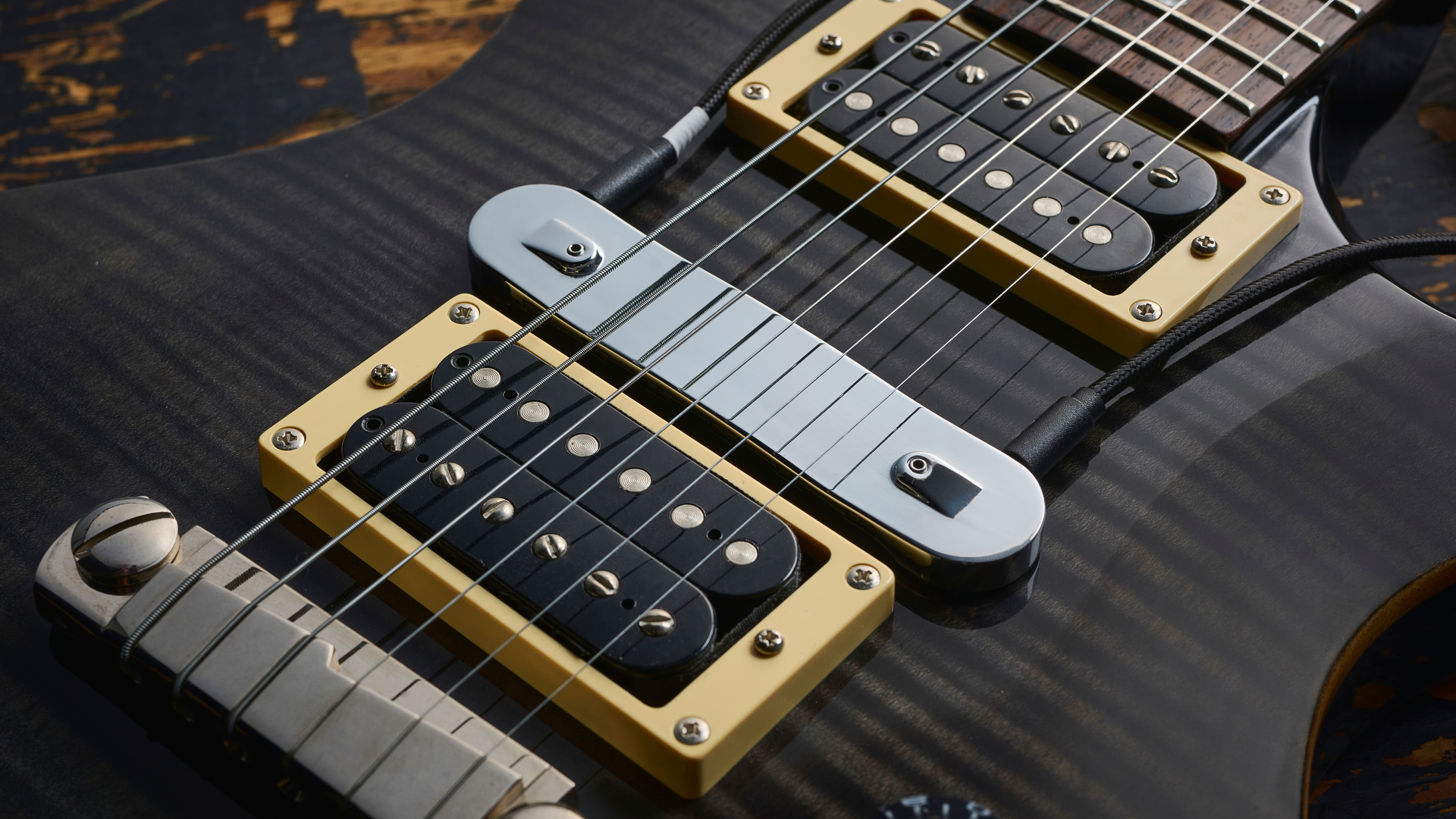Guitar World Verdict
Although the CHI’s design is based on amps Lifeson used later in his career, the CHI sounds much closer to the iconic early Rush tones that most players would prefer to duplicate.
Pros
- +
More affordable, lower-watt version of Lifeson’s acclaimed Lerxst OMEGA head.
- +
Tones are actually a better match for Lifeson’s peak late ’70s/early ’80s classic Rush sounds.
- +
Simple, straightforward controls make it easy to dial-in desired tones.
- +
Very light weight.
Cons
- -
Both channels share a single EQ section.
- -
Lacks pentode/triode switch found on OMEGA amp.
You can trust Guitar World
Alex Lifeson and Mojotone joined forces back in 2012 to produce the first Lerxst amplifier – the limited edition 25/50-watt OMEGA head – based on the Marshall Silver Jubilee guitar amps that Lifeson used during the recording and touring cycles for Rush’s Clockwork Angels album but featuring several circuit modifications, parts upgrades and hand-wired construction.
The 15-watt 6V6-driven Lerxst CHI combo followed shortly afterwards in 2015, offering a more affordable, lower-powered variation of the OMEGA.
For 2024, Lifeson and Mojotone have significantly expanded the Lerxst lineup to include special-edition and regular-production OMEGA amps, the Limelight guitar, the By-Tor Boost/Drive pedal and the new, more powerful 30-watt CHI combo amp plus a CHI amplifier head.
Many Lifeson fans will likely consider the new CHI the ideal Goldilocks “just right” amp out of the Lerxst lineup thanks to its club- and studio-friendly output and more wallet-friendly price. We tested the CHI head along with a matching CHI 1x12 extension cabinet.
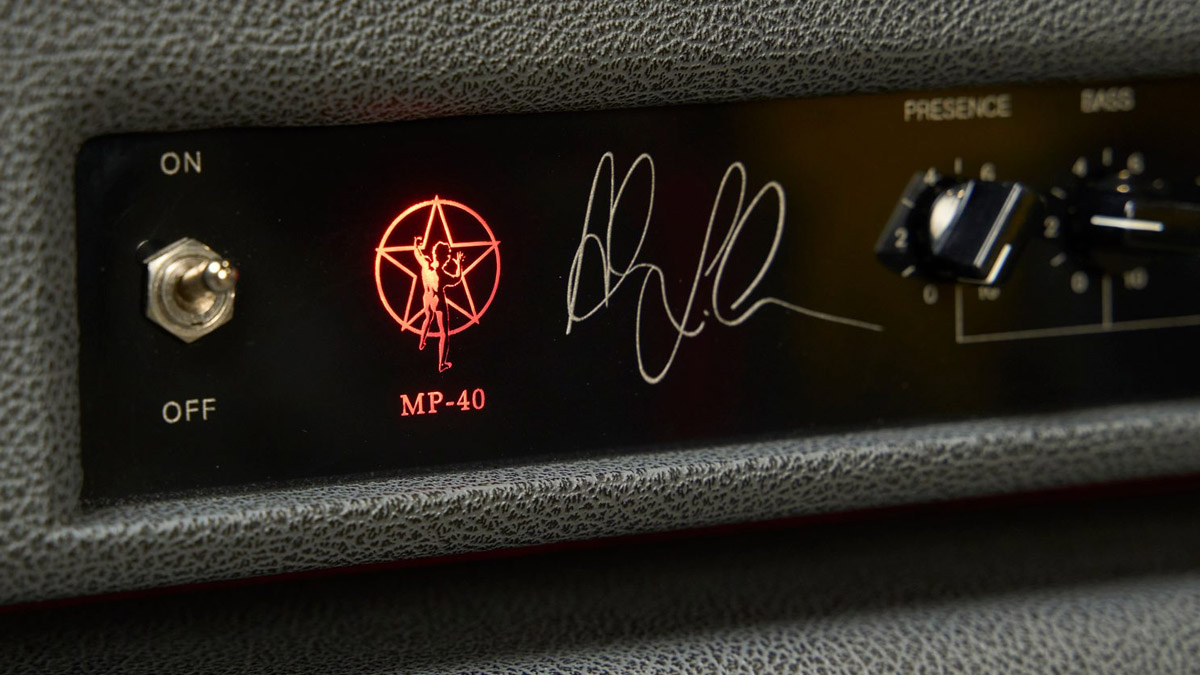
Like the OMEGA, the CHI features a two-channel design with shared EQ section based upon the Silver Jubilee, but the power amp section’s 6L6 tubes give it a different overall tonal and performance personality than the OMEGA and Jubilee’s EL34 tubes, with less dominant mids, brilliant treble, crystalline presence, biting attack, more clean headroom and more dynamic, less compressed responsiveness when pushed into overdrive.
Controls consist of Presence, Bass, Middle and Treble EQ that are shared by both channels, Output Master to control overall volume (also including a push/pull channel switching function), Input Gain with a pull diode “rhythm clip” setting and Lead Master volume for adjusting the lead channel’s output. An included footswitch also can be used for channel switching.
A single ¼-inch input jack, power switch (no standby) and “Starman” logo power indicator round out the front panel features. Rear panel jacks include a ¼-inch footswitch jack, serial effects loop mono send and return jacks (-10dB instrument level) and 16/8/8-ohm speaker output jacks.
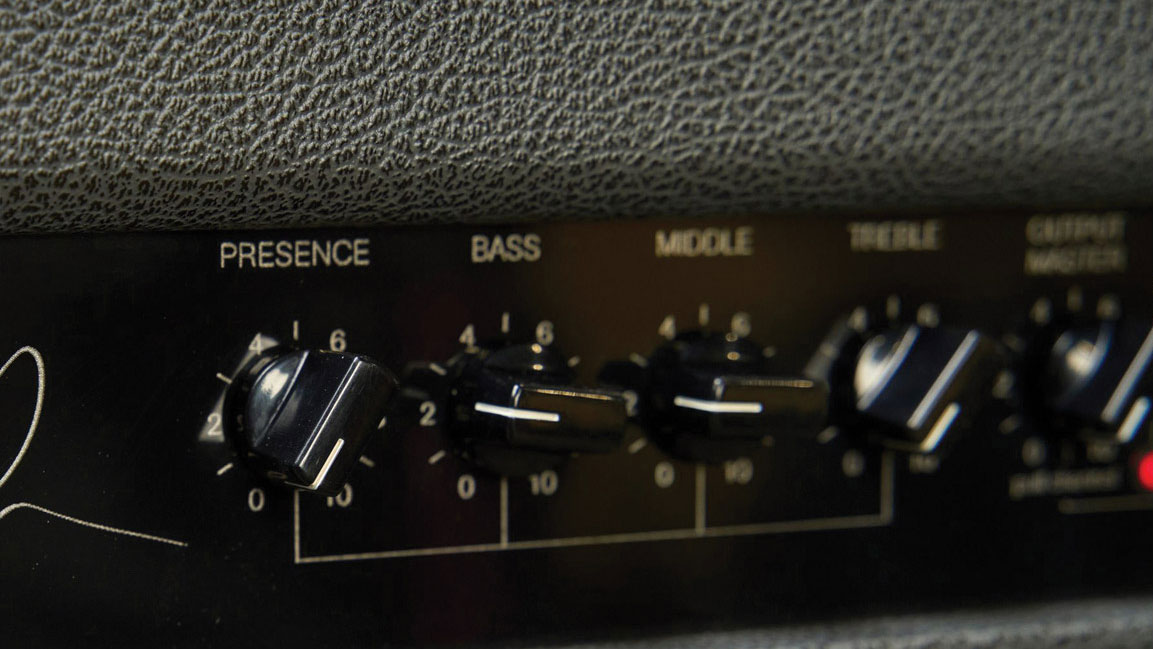
A Mojotone Greyhound 8-ohm 12-inch speaker is loaded in the 1x12 CHI cabinet. This is an oversized cabinet that measures 24 x 20 x 9 inches (width x height x depth) and features an open-back design that contributes to the CHI amp’s more effervescent upper midrange and treble tones and less aggressive bass.
It’s built from Baltic birch with ¼-inch finger joints and is covered with Race Gray Tolex with a Red Garnet Levant center stripe that perfectly matches the CHI head’s cosmetic appearance.
The CHI head’s 30-watt output delivers ample volume levels for club and studio applications that won’t blow out your eardrums. It may lack the full/half power functionality of the OMEGA head and Silver Jubilee’s pentode/triode switch, but that’s really not necessary as the amp delivers satisfying clean and overdrive tones at lower volumes.
I compared the CHI amp and cabinet to my personal 1988 Marshall Jubilee 2554 50-watt combo. While the gain character was often similar, especially with the Input Gain’s “rhythm clip” gain engaged, the CHI actually sounded much closer to my late Seventies two-input Hiwatt 50-watt DR504 head, thanks to its chiming upper mids and overdrive characteristics that were more Hiwatt-like chunk and crunch than Marshall-style bark and growl.
With a 335, Strat and an Gibson SG plugged into the head, I was able to dial-in tones that came damn close to Lifeson’s late ’70s/early ’80s sounds, especially with a PastFX Chorus Ensemble and/or an Electro-Harmonix Electric Mistress added to the signal chain. Thanks to the CHI’s more airy and shimmering upper mids and treble, I also found that its clean tones matched nicely with classic chorus and flanging effects.
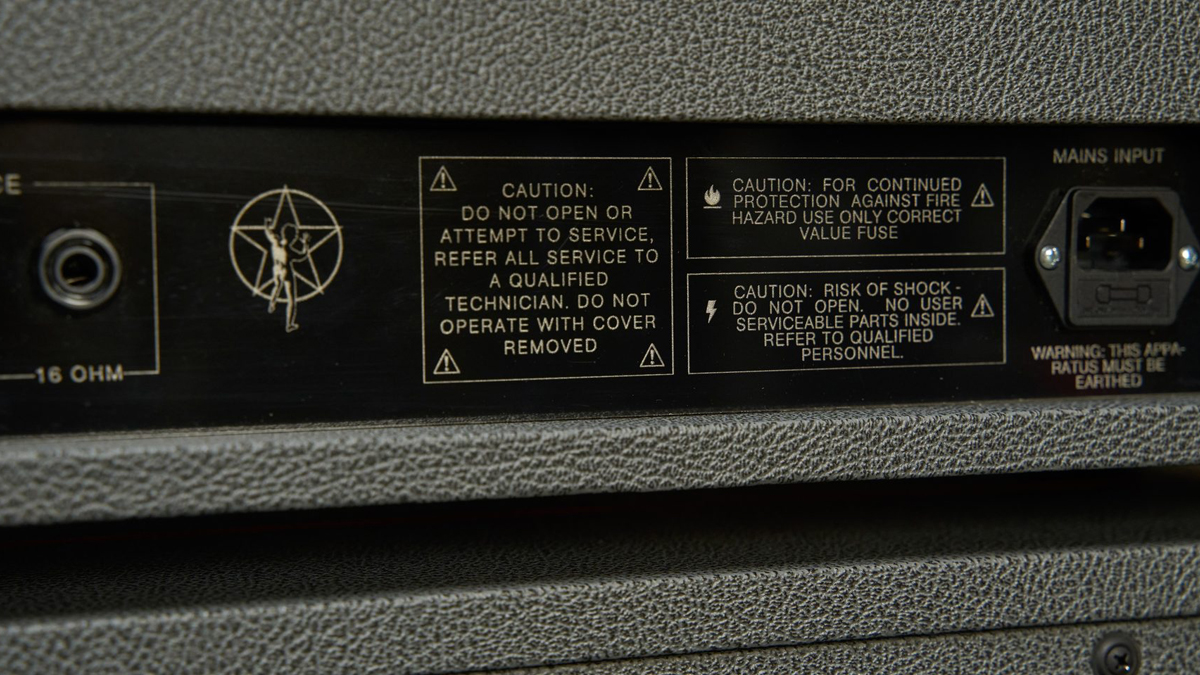
By modern amp standards, the saturation at maximum gain is somewhat mild. However, this means the tone never gets overly compressed, attack remains crisp and articulate and every note in a chord maintains definition and clarity. The bass is never dominant or flabby, which helps a guitar maintain a prominent voice in a band that doesn’t get lost in the mix.
The CHI head and cabinet setup costs about $400 more than the CHI combo. The CHI combo is the same size as CHI 1x12 extension cabinet and weighs about three pounds less than the individual head and cabinet together, but it’s much easier to haul and load a separate head and cabinet at a manageable 31 and 24 pounds, respectively, than wrestle with a beastly 52-pound combo.
Specs
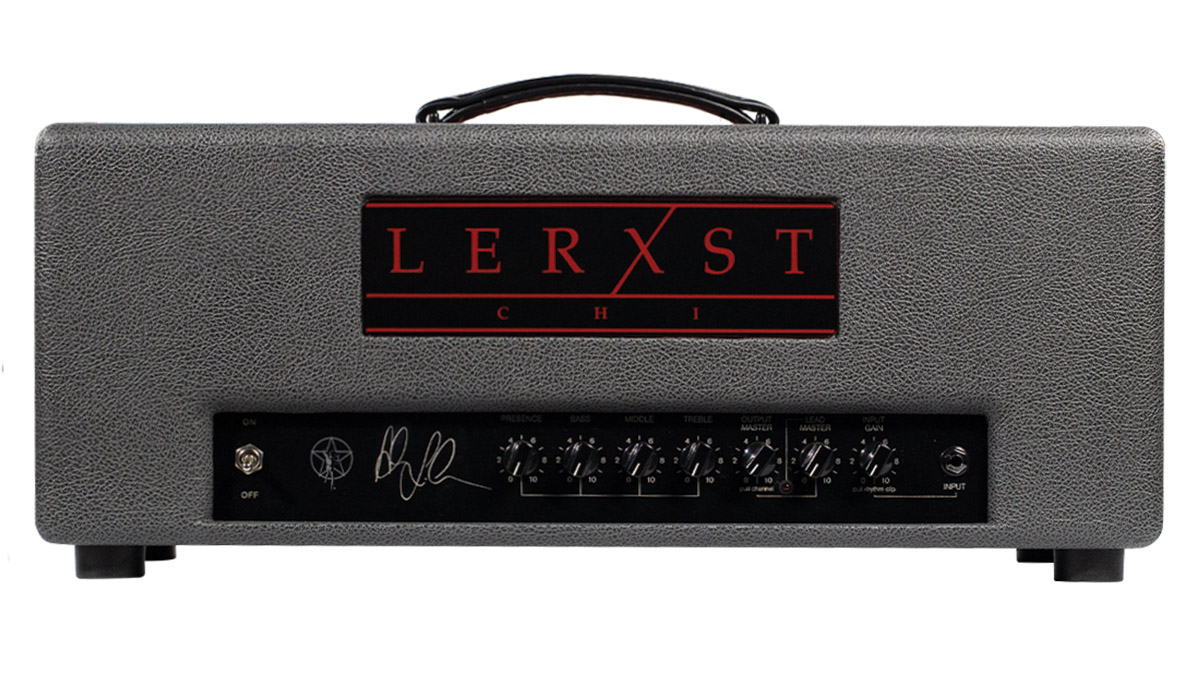
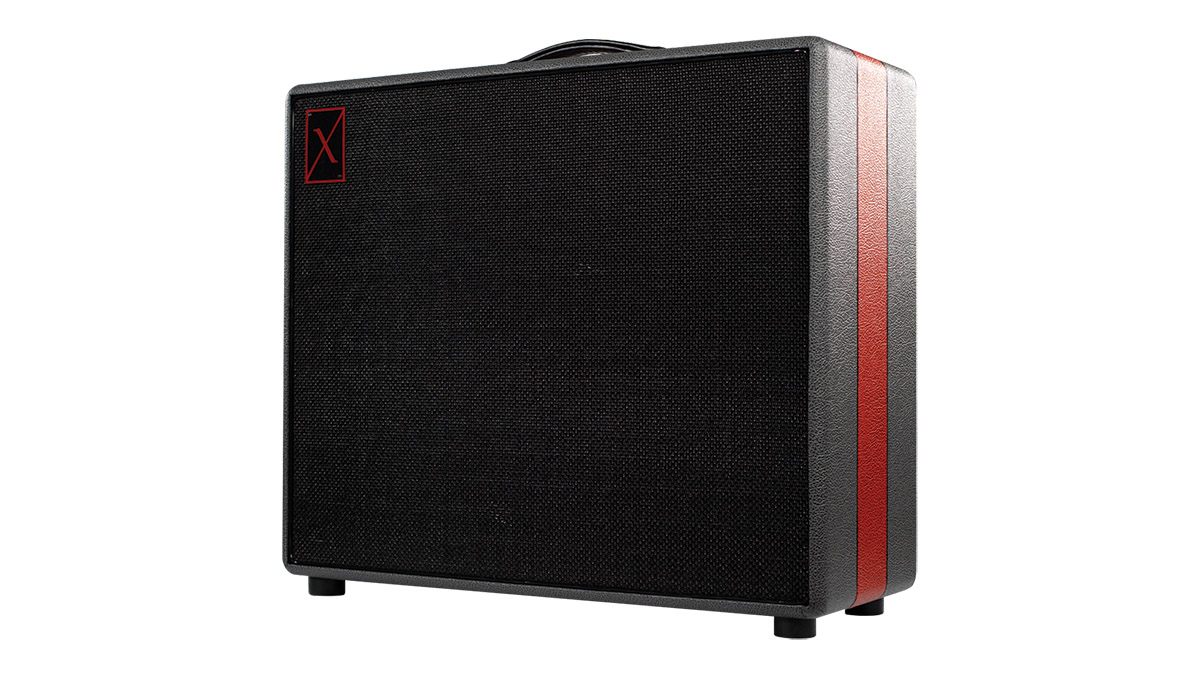
- PRICE: $1,695 (CHI head); $695 (CHI 1x12 cabinet)
- ORIGIN: USA
- TYPE: 2 channel tube amp head, 1x12 guitar speaker cabinet
- OUTPUT: 30W
- TUBES: 3x JJ 12AX7 preamp tubes, 2x JJ 6L6 power tubes
- CONTROLS: Input gain w/rhythm clip, Lead Master, Output Master w/pull channel, Treble, Middle, Bass, Presence
- CONNECTIONS: 2x 8 ohms, 1x 16 ohms speaker outputs, footswitch in, Rec/Send serial effects loop
- SPEAKER: 1x 8 ohm Mojotone Greyhound Speaker
- CABINET: Baltic birch, Race Grey and Red Garnet Levant Tolex, Mojotone Black Matrix Grill Cloth
- CONTACT: Lerxst
Chris is the co-author of Eruption - Conversations with Eddie Van Halen. He is a 40-year music industry veteran who started at Boardwalk Entertainment (Joan Jett, Night Ranger) and Roland US before becoming a guitar journalist in 1991. He has interviewed more than 600 artists, written more than 1,400 product reviews and contributed to Jeff Beck’s Beck 01: Hot Rods and Rock & Roll and Eric Clapton’s Six String Stories.
“He brought something out of me that just ain't the same without him”: The song Sammy Hagar wrote with Joe Satriani after dreaming about Eddie Van Halen is here – and as promised, it features some stellar guitar work
“This guy kept calling saying, ‘I’ve never been in a band before, but I’m the best guitarist ever.’ When I heard him play it was like a fire from heaven”: The life and times of Killing Joke visionary Geordie Walker – the guitar hero’s guitar hero
“More people play stop-tails than guitars with locking tremolos. We dig both”: EVH delivers on its hardtail promise and launches the Wolfgang Standard T.O.M. – which vows to take Eddie's legacy to new heights
